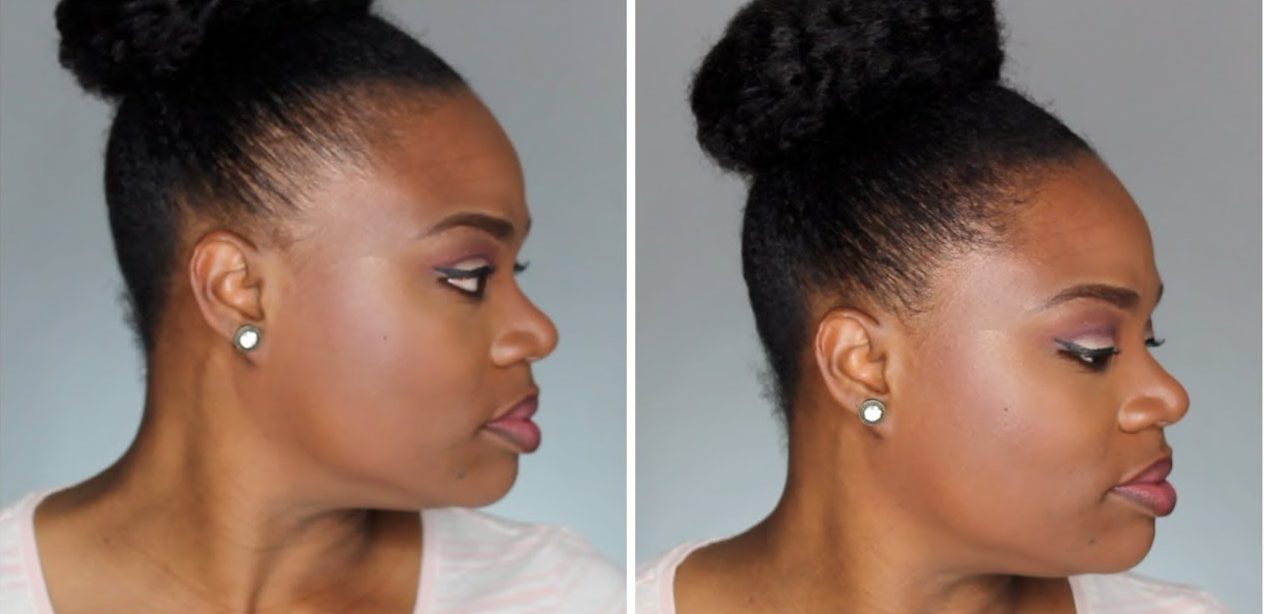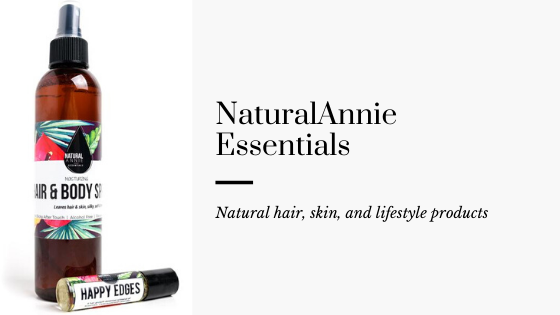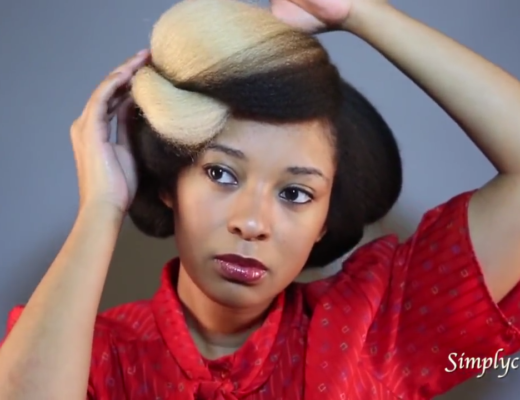This page may contain affiliate links. Read my full disclosure for more info.
It’s no secret that many Black women suffer from thinning or bald edges, myself included. “Edges” have become a standalone segment in the Black hair care market.
The fact that the two main products in this category are 1) edge control and 2) edge regrowth is worth considering. Are we controlling our edges to the point that we need the regrowth products?
Prevalent among black women, traction alopecia (TA) is a type of hair loss that is often attributed to certain hairstyling practices. Although some of the hair care techniques common in the black community can promote ease of everyday hairstyling for black women, many of these practices have been implicated as risk factors for TA.
Some of the causes of thinning edges include:
1) Heredity. It can be difficult to discern how much of your thinning hair is due to heredity and how much is due to hair care practices, but genetics can play a role.
2) Extension braids. I remember having microbraids hanging on what seemed like 2-3 strands of hair and bumps all around my hairline after braiding sessions. I had no idea at the time that I could be doing permanent damage to my scalp. I often hear blame being placed on “the Africans” for this, but the reality is that many of us were brought up believing that having every hair snatched is the goal, and this is what we expect and demand from our stylists. This also applies to faux locs.
3) Weaves. Weave glue can damage hair follicles directly by pulling on your hair or indirectly by causing an allergic reaction. I’ve had my share of tracks glued across my hairline. Sew-ins may also place too much tension on the follicles.
4) Tight hairstyles. Having no idea that tight hairstyles could cause permanent hair loss, I once wore my hair in a tight ponytail or puff on a daily basis.
5) “Halo” touchups. For the uninitiated, a halo touchup is a relaxer applied only to the hairline between regular touchups in order to keep the hairline smooth. I did halo touchups for years in an effort to tame my edges (spoiler alert: it didn’t work).
6) Harsh brushing. Many people use boar bristle brushes with no ill effects, but if your edges are already struggling I’d imagine that they aren’t helping matters.
7) Postpartum shedding. After having my daughter, my edges didn’t thin – they completely and totally fell out. I may have had some fuzz, but my hairline was about an inch further back in some places. Thankfully, this type of hair loss isn’t usually permanent, and your edges grow back as your hormones shift.
8) Medical conditions and medications. Some medications or medical conditions can cause thinning hair. Check with a trichologist, dermatologist, or your primary doctor if you have unexplained thinning. If your insurance doesn’t cover a specialist, it may seem expensive to pay out of pocket. However, it may not cost more than the things we do to try to cover our thinning hair or grow it back ourselves.
9) Religious or fashion headgear. Tight head coverings can place a strain on your follicles and cause thinning or baldness. This is a common problem for Sikh men as well.
10) Wig caps. Tight wig caps and those that are held in place by clips or adhesives can cause your hairline to thin. Tight wigs can also be an issue.
How to Restore Thinning Edges
There is a lot of info online about edges – how to avoid losing them, how to grow them back, how to lay them and have them sleek and on fleek.
The most informative and useful videos I have found are from GreenBeauty on YouTube, which I have included below.
How to restore thinning edges (Part 1/2)
How to restore thinning edges (Part 2/2)
How to cover thin edges
A third category of edge products has emerged – those designed specifically to cover thinning hairlines. There are hair fibers that you spray or shake onto your hair and colored gels. It’s important to do your research about these products, and make sure they are not doing more harm than good if you are hoping to regrow your hair.
If they contain drying alcohols or other growth stunting ingredients, I would use them with caution. These products can be great for special occasions, but everyday use may not help your hairline in the long run, depending on your particular situation.
Covering thin edges with Edgefull hair fibers
In this video, NappyHeadedJojoba demonstrates how to cover thin edges with Edgefull, a hair fiber product.
Covering thin edges with Kertine hair fibers
There are several companies offering fibers to cover thin edges. Here is another demonstration using Kertine.
Covering thin edges using Topikk hair fibers
Topikk seems to be one of the more popular hair fiber products. In this video, NaturallyMe4C shares an in depth review.
Covering thin edges with EBIN New York colored gel
In this video, we see how EBIN New York Colored Edges gel can be used to cover thin edges.
Covering thin edges with Dem Edges colored gel
Dem Edges is another colored gel option. The product is created by a Black woman owned company.
Covering thin edges with eyeliner
Another option for filling in your edges is using makeup you may already have. This is an inexpensive and easy way to experiment. This video shows how to fill in your hairline using eyeliner. Mascara can also be used.
Cover a bald spot with temporary hair color
I can’t be the only one who remembers the product used in this video…spray-on temporary hair color. I used it to spray a gold or pink streak across my freshly wrapped bangs many moons ago, but it can apparently also be used to cover a bald spot.
Conclusion
Keeping your edges moisturized and avoiding tension is the best way to keep them healthy and full. If your edges are already thinning, hair fiber products, colored gel, hairspray or makeup can be used to fill them temporarily. Consult a trichologist or dermatologist to discuss potential long-term solutions.
For more natural health, beauty, and lifestyle inspiration, join me on Instagram and Pinterest.








Hi Kaya. Dem Edges® Tinted Edge Control is a product that covers thin edges and moisturizes dry hair. It comes in 2 colors and 2 different holds. Can you add it to your list of tools to help cover thin edges?